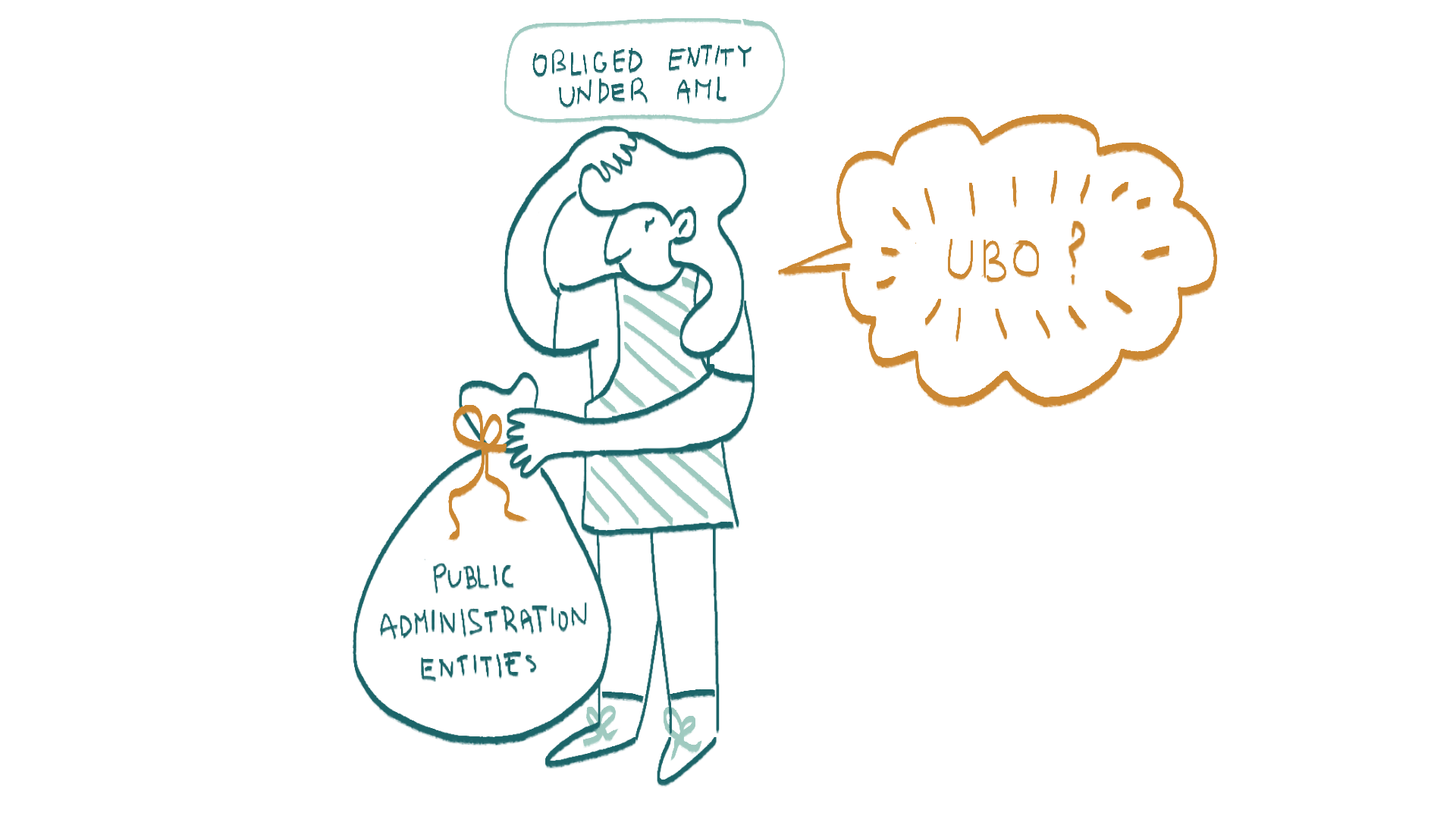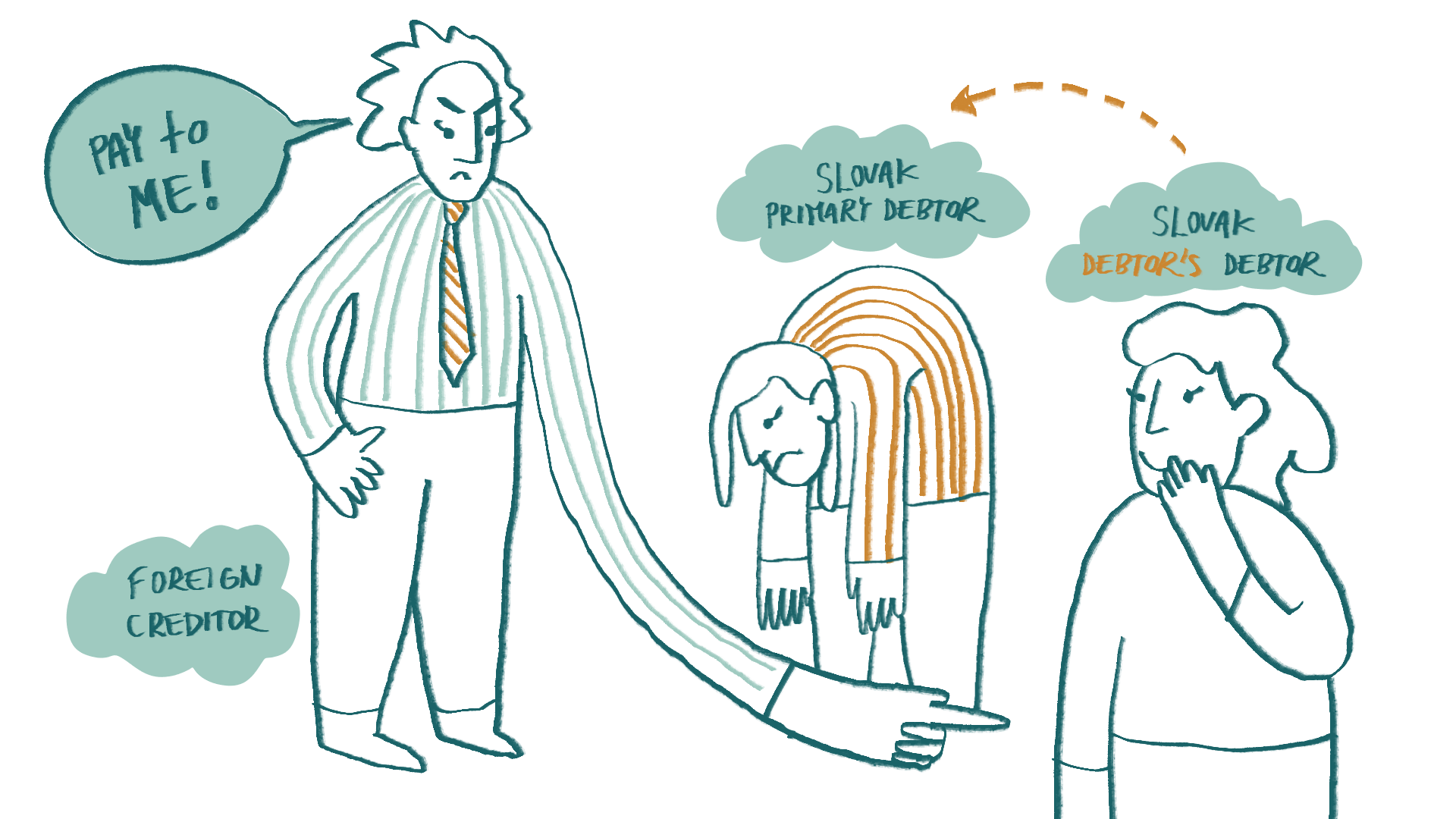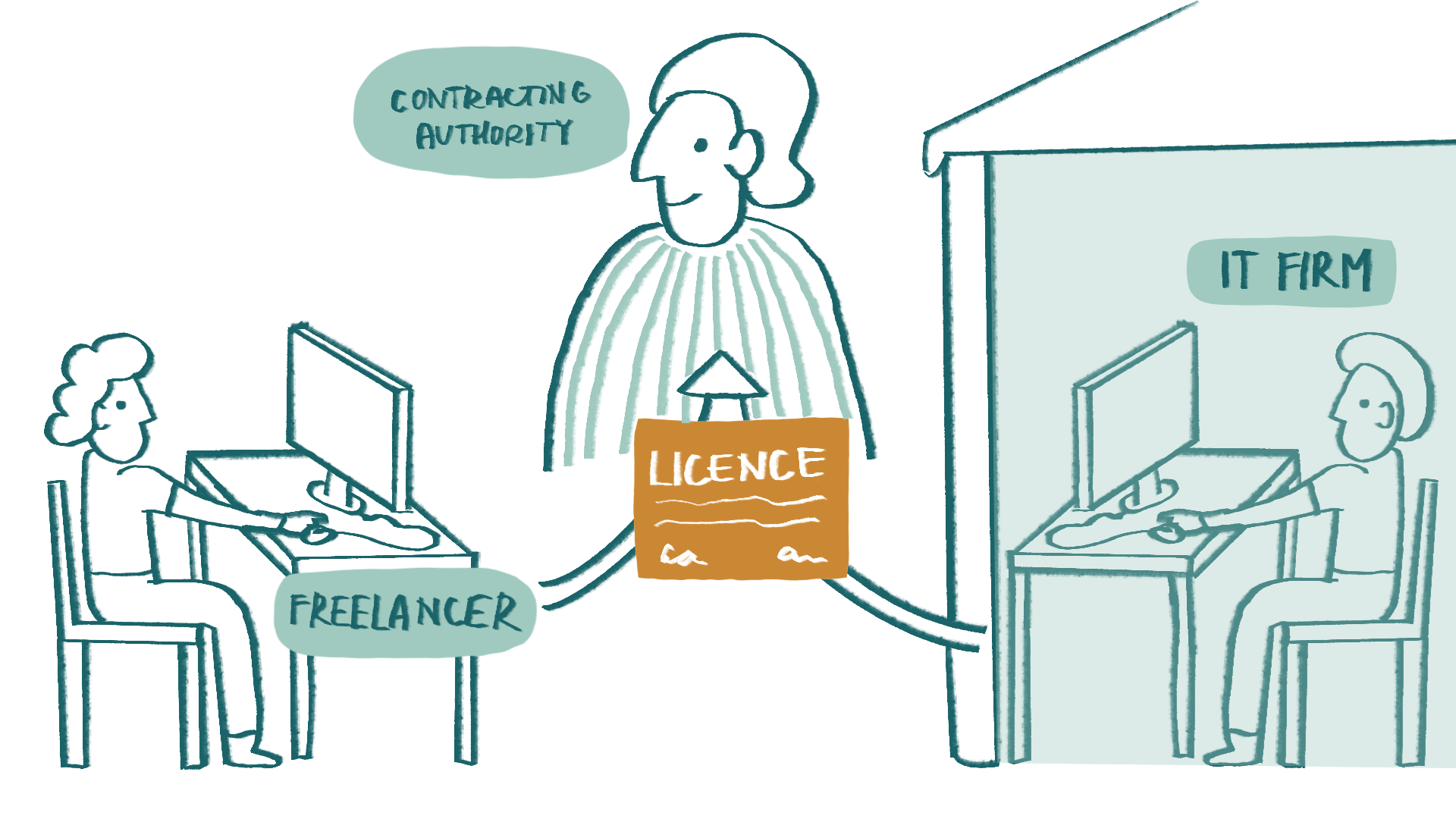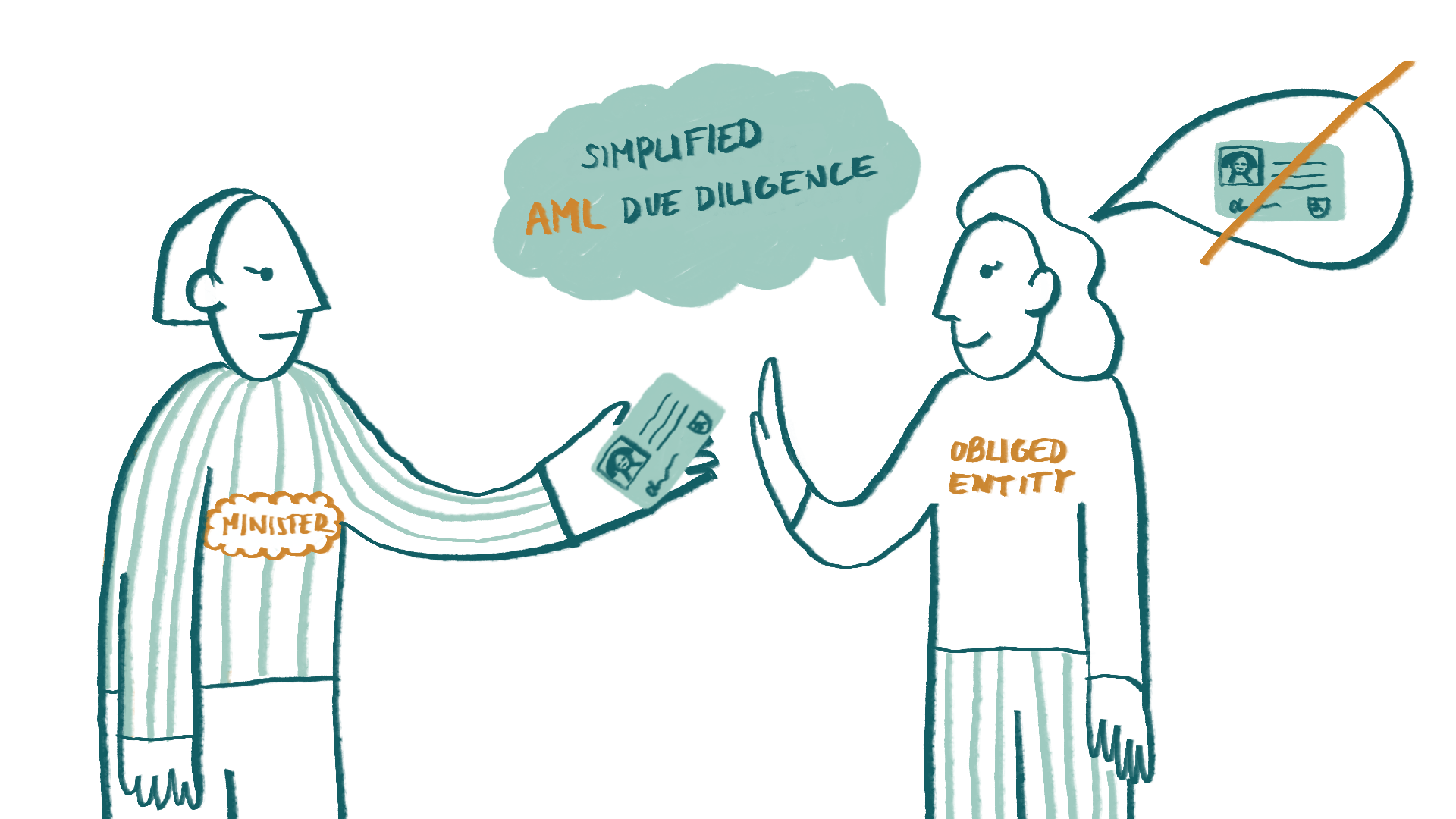We are an organization established by a special law under which we also manage state-owned assets. The assets under our management include real estate, including non-residential premises. We had rented out one of these non-residential premises, but the rental agreement expired and thus the rent ended. We formally requested the tenant to vacate the premises, but they did not comply and continued to use the premises. We changed the locks to prevent further use of the premises and filed a petition for eviction with the court. However, the court proceedings will take some time, and we want to act economically by re-renting the property. Otherwise, our organization is losing rental income and incurring damage. The former tenant has already been served our claim, and their response clearly shows there are no grounds for lawful occupancy of the property. Can we now evict their movable property from the non-residential premises ourselves to rent out the premises again? Or is it necessary to wait for the court’s decision ordering the tenant to vacate the premises and then file for an eviction execution?
Filing a petition with the court for the eviction of the non-residential premises is considered the correct procedure. Otherwise, according to Section 676 (2) of the Civil Code, the rental agreement could be renewed under the same conditions for a maximum period of one year.
Similarly, we believe changing the locks is justified if the tenant was duly notified to vacate but failed to respond to the notice. The costs incurred for changing the locks can be claimed against the former tenant along with compensation for unjust enrichment for the time their movable property occupies the non-residential premises, preventing you from using it or renting it out.
The key question, however, is whether you can independently evict the former tenant’s movable property from your non-residential premises before the court decides that the tenant must vacate. We agree that obtaining a final eviction order and successfully evicting the tenant through a bailiff could take several years.
The answer to this question is not straightforward. The principle of self-help is regulated by Section 6 of the Civil Code. For its application, certain conditions must be cumulatively met and assessed individually in each case. You can resort to self-help if there is an imminent threat of unauthorized interference with your rights, allowing you to reasonably avert such interference yourself.
It can be argued that your property rights are threatened in this case. You are the owner of the non-residential premises but cannot use them or rent them out to someone else because they are cluttered with items belonging to the former tenant. In this situation, not only is there an imminent threat to your right, but the interference has already occurred. Therefore, you should have the right to avert such interference in an appropriate manner.
Here it needs to be explained what constitutes an appropriate manner. In our opinion, an appropriate manner could be documenting the movable property in the presence of a notary and relocating it to a place where it will be adequately protected. According to Section 56 of the Notary Code, a notary certifies facts that could serve as a basis for exercising rights or causing legal consequences. Therefore, a notary can draft a notarial deed to certify the existence of specific movable property and its location in the rented premises. The notarial deed should describe the fact that the notary arrived at the specified non-residential premises on a particular day and recorded the presence of specific movable items. The notary should describe these items as accurately as possible (e.g., three brown office desks, scratched in several places, and three black office chairs, with armrests detached on two chairs). It is also advisable to take photographs of the movable items to document their condition at the time they were in the rented premises (especially any damage), ensuring the photos are dated and timed.
Then, you can proceed to vacate the premises and relocate the movable property to other premises you own or to rented storage spaces. The costs of relocation and storage, which you can document, can be claimed against the former tenant.
However, we cannot guarantee that such a procedure will be considered an acceptable form of self-help in a potential court case. The former tenant might contest the eviction, claiming that you improperly interfered with their property rights and caused them damage. They might sue you for compensation for damage caused by the allegedly inappropriate self-help eviction of their movable property from the rented premises.
We believe, however, that you may have a strong chance of successfully defending against a lawsuit from the former tenant, especially if you can document the entire eviction process and prove that you did not damage the movable property during eviction. The notarial deed and photographic documentation mentioned above should help you to achieve this.
Additionally, you might consider filing a criminal complaint against the tenant for unauthorized use of non-residential premises under Section 218 of the Criminal Code. According to court decisions, unauthorized use of property includes cases where a former tenant refuses to vacate the premises and return the vacant property to the owner after the lease has ended.

































